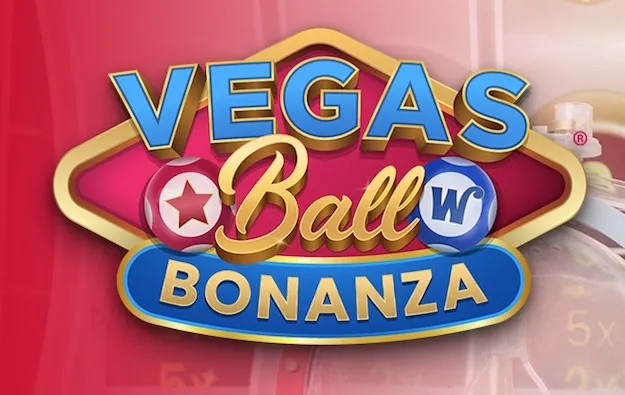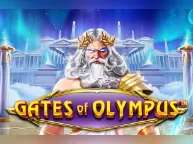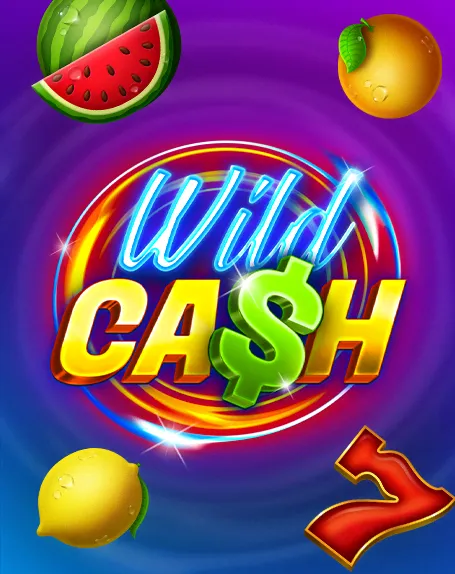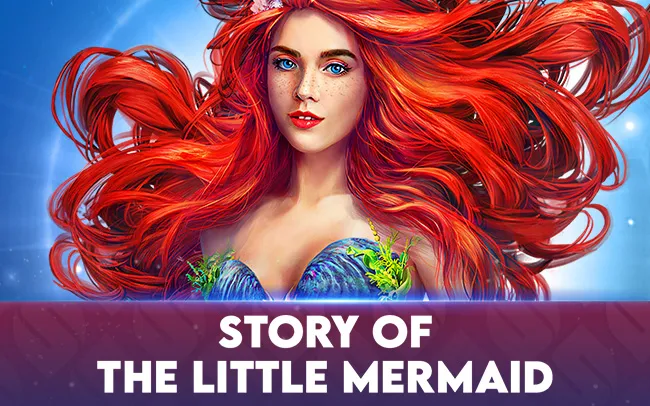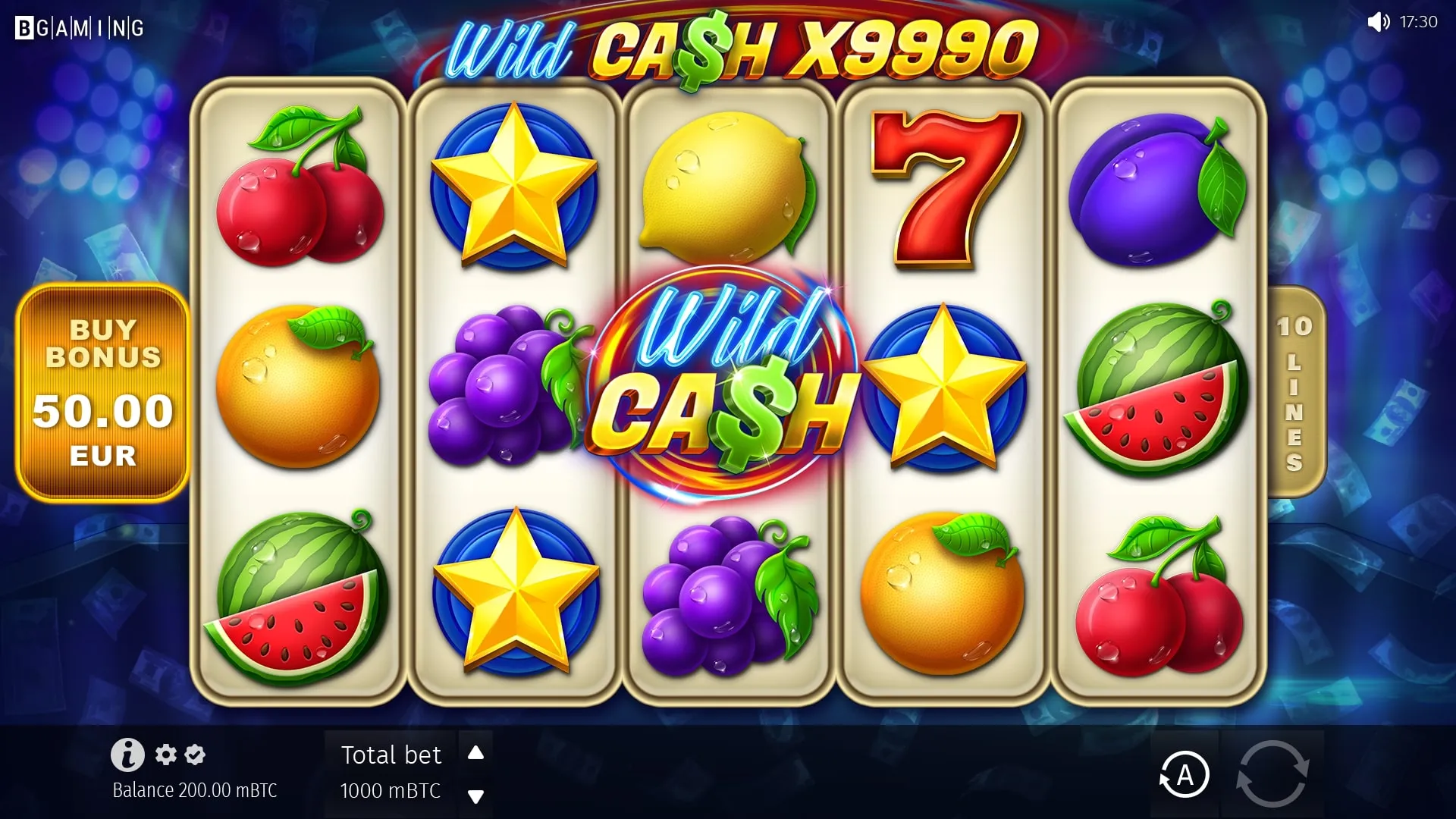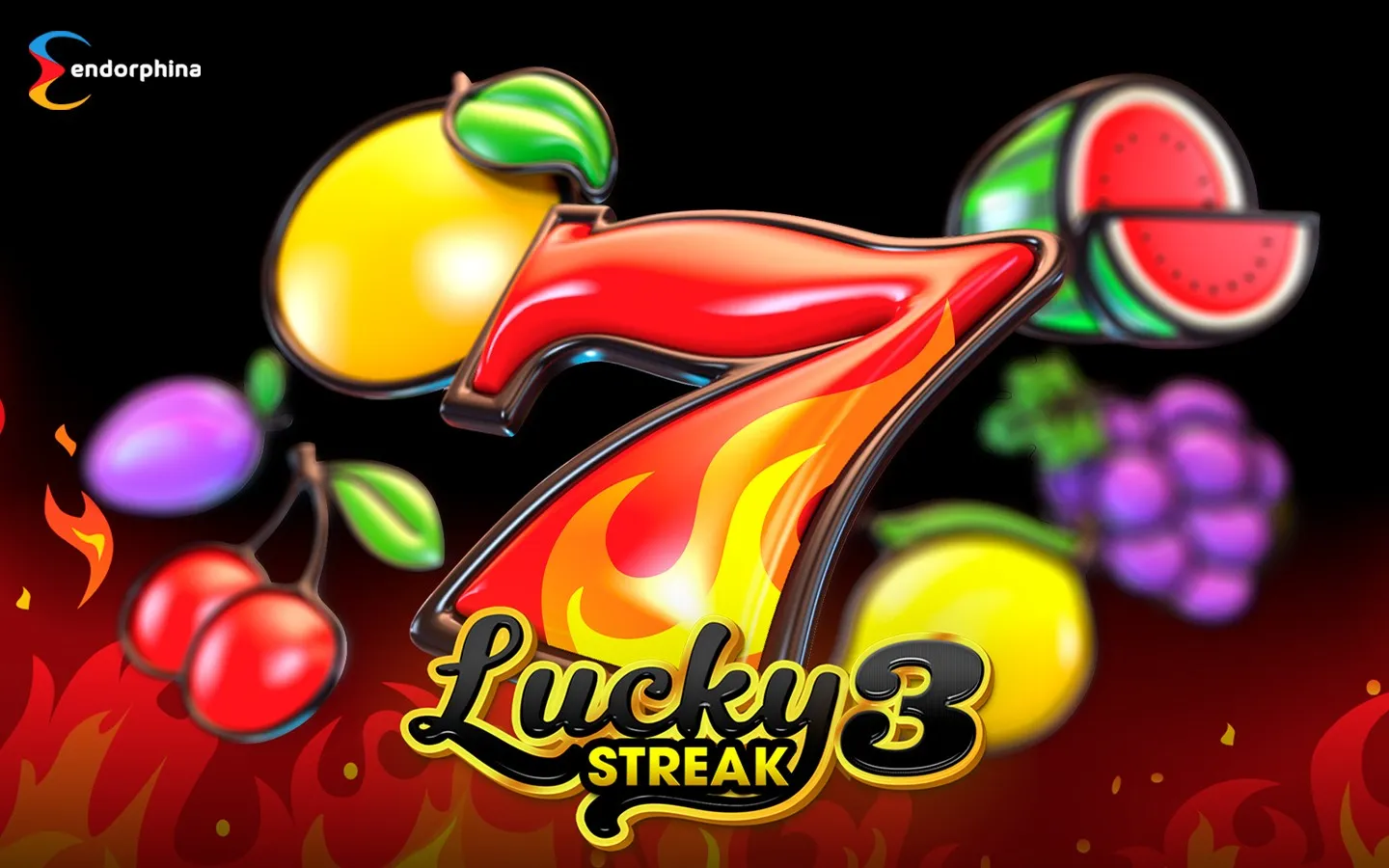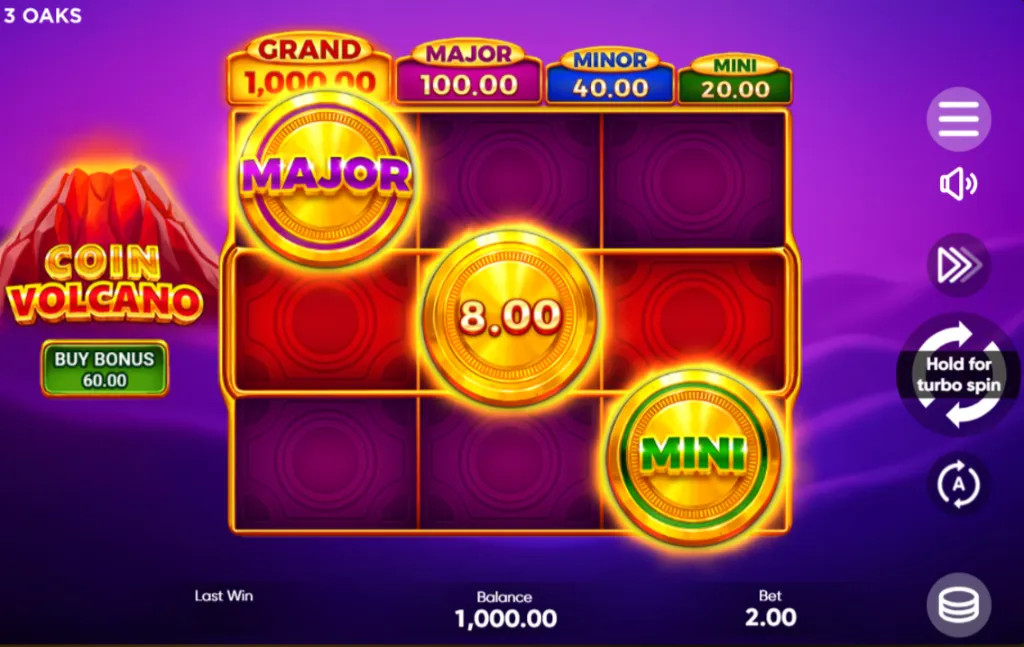Pin-Up Past and Present: The Enduring Allure of Idealized Beauty


From the coy glimpses of bare skin in World War II bomber nose art, to modern rockabilly cults worshipping at the altar of retro style, pin-up imagery has long held an undeniable visual power and cultural sway. But what explains the lasting fascination with these fictional embodiments of female beauty and allure? Join us as we delve into the storied past, limitless diversification, and enduring future of pin-up tradition.

Origins in Burlesque and Mass Media
While pin-up imagery permeated World War era consciousness, its origins stretch further back in time. As early as the mid-19th century, vaudeville variety shows tantalized audiences with burlesque beauties, whose playful sensuality laid foundations for pin-up art. With the 1860s advent of accessible photographic reproduction, images of burlesque dancers and actresses gained mass exposure and appeal.
At the turn of the 20th century, Charles Dana Gibson’s iconic “Gibson Girl” drawings embodied the archetypal early pin-up, immortalizing images of independent and athletic all-American women. As magazine and advertising trade grew exponentially in the early 1900s, pin-up art moved from smoky burlesque halls to mass cultural status, idealizing female beauty with a commercial eye.

By the 1920s, brazen flapper culture propelled pin-ups further into public acceptance. Dozens of magazines like Film Fun kept American servicemen entertained during World War I, aided by the growing affordability of calendars, posters, and postcards depicting shapely starlets of stage and screen.
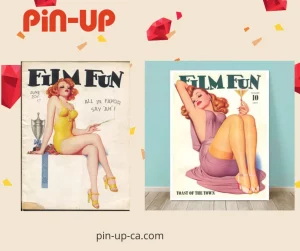
The Golden Age: Patriotism and Pin-Ups in WW II
While pin-ups were ascending in popularity through early 20th century calendars and assorted ephemera, World War II proved the definitive breakthrough to mainstream cultural dominance. As American GIs fought fascism overseas, they found solace in fantasies of beauty and home, a need met by the war-era explosion in morale-focused pin-up art.

Recognizing pin-ups’ ability to alleviate the psychic strain of warfare, the US Government issued official commissions to household name artists like Alberto Vargas and Gil Elvgren. Their idealized visions of female form graced recruitment drives and barrack walls the world over, granting comfort amid the chaos. Among deployed troops, nose art pin-ups also adorned aircrafts with patriotic escapism.
Back home, this government sanctioned art form eased social reservations around female sensuality, championing a modern, confident expression of sexuality. Posters proclaimed “Women of the Armed Services,” celebrating women’s defense industry participation through flattering form. Simultaneously, works like Elvgren’s girl-next-door pin-ups reassured anxious masculinity, promising enduring femininity on native soil.
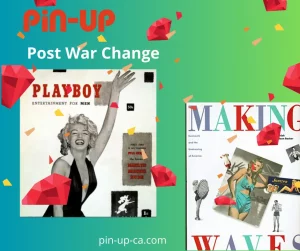
Post War Change and Fragmentation
In wake of Allied victory, pin-up popularity persisted, permeating 1950s commercial art, fashion, and advertising. With boundaries of female representation expanded by the war, accepting attitudes prevailed. New pin-up variants arose to push style boundaries further, termed “cheesecake” and “glamour.”
Playboy Magazine rode this wave to influence, first publishing in 1953. While wartime pin-ups honored female sacrifice, Hugh Hefner gamified sexuality, inciting controversy. Similar publications followed suit, alongside Hollywood starlet posters transgressing wholesome pin-up tropes. 1940s tributes to Rosie the Riveter were unseated by voyeuristic photorealism, though illustrated pin-ups remained popular through the 1960s.
By 1970s second wave feminism, pin-up imagery grew complicated. Promoting female choice, yet accused of objectifying women, the style splintered into opposing camps. Advocates saw beauty’s emancipatory power, where critics panned female exploitation. Amid social change, pin-ups struggled for cultural space, increasingly villainized as relics of constrained femininity.
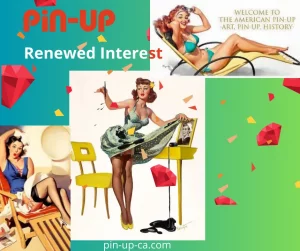
Diversification and Fragmentation
Amid shifting social priorities in the 1970s, pin-up art began diversifying across style, identity, and ideology. Punk rock zines like Sniffin’ Glue subverted expectations via violent S&M pin-ups, propelled by confrontational female bands like The Runaways. Simultaneously the gay community embraced Tom of Finland’s reimagined homoerotic machismo.
During 1980s backlash against radical feminism, pin-up enjoyed renewed interest, now through fragmented subcultural lenses.bespoke Modern interpretations arose, pulling from retro appeal while forging new ground in gender and identity. Artists explored fuller figures, drag variants, and ethnic representations branching from the conventional. Subjects portrayed expanded agency, consent, and identity awareness conspicuously absent in early renditions.
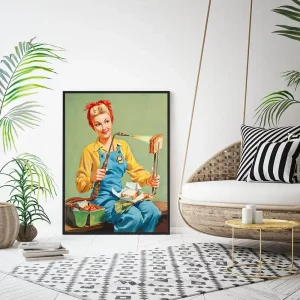
A Digital Renaissance
By the 1990s, emerging digital communities enabled direct artistic management of pin-up’s evolving narrative. No longer fully beholden to publishers and gallerists, creators shared works instantly across the world wide web. Online image culture propelled momentum, granting pin-ups boundless visibility and mass customization.
At pace with technology, styles continued expanding via niche communities on sites like Tumblr. Artists animated pin-ups as video game avatars, while virtual models rendered impossible anatomy with real world detail through 3D and AI artistry. As communication devices gained cameras, anyone became a potential glamour photographer, digitizing and sharing their own vision of beauty.
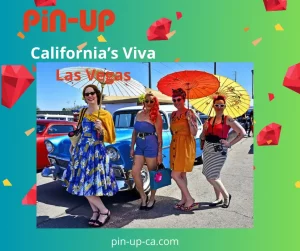
Enduring Popularity in the 21st Century
In recent decades, enthusiasm towards mid 20th century pin-up endures through worldwide retro revival movements. A prevailing undercurrent glorifies imagined post war abundance before digital distraction. Vintage style poster stores thrive on consumer nostalgia for simpler times. Enthusiast events like California’s Viva Las Vegas showcase pin-up fashion and photography, attracting crowds celebrating throwback style.
However interest extends beyond pure nostalgia to voluntarily adopted persona. Through pin-up’s litany of choice, individuals shape personal meaning from myriad style fragments. While bypassing historical context, the act channels beauty’s enduring magnetism for confidence and self actualization.
In aspects this modular adoption aligns with 21st century identity plurality accelerating through internet fluidity. Yet as history shows, celebrating beauty even through modern lenses still courts controversy. Via social media echo chambers, rhetorical battles flare surrounding woman’s shifting status and rights. Even pin-up’s most benign aficionados may face accusations of perpetuating the male gaze.
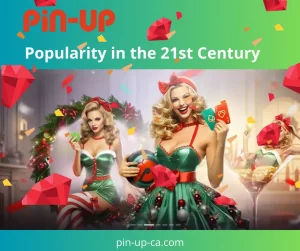
An Enduring Tradition Across Eras
But in truth little separates modern paeans to pin-up ladies from 1980s punk zine versions, themselves spun from 1950s glamour. The allure stems not from style itself as from its promise—the electricity of unabashed confidence projected at will through vision’s lens.
And despite root contexts, perhaps shared beauty across eras and identities remains beauty nonetheless. Pin-up has always been fantasy, individual desire, the urge for personalized self definition through creativity’s eye. And in a fractious world, the through line binding pin-up past to present follows human yearning— for wonder, respite, control; for the rapturous power in declaring oneself through image. One look conveys this story. So turn the page and indulge unjudged.
The show goes on! For more on the enduring tradition of pin-up art and dive into the attractive stylish world of games, explore the fascinating world of Pin Up Casino.





